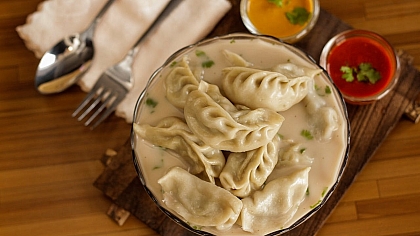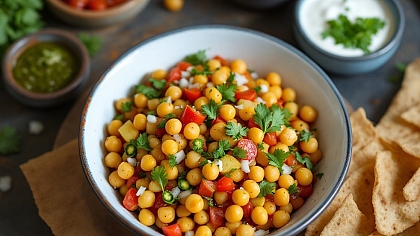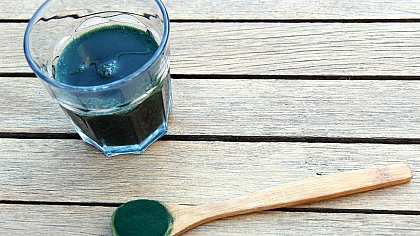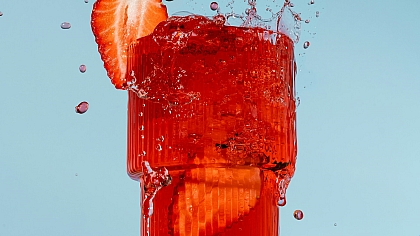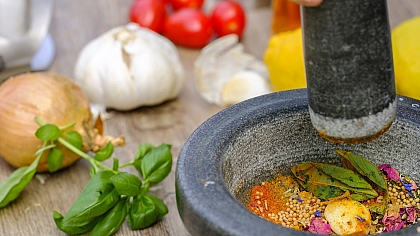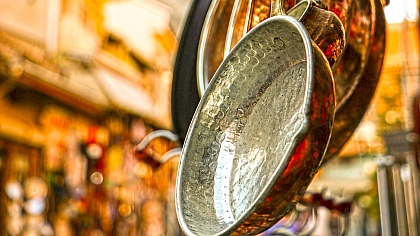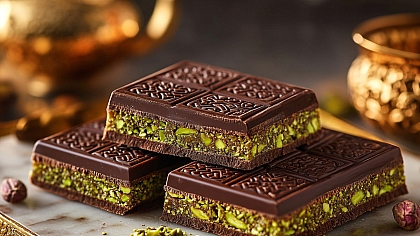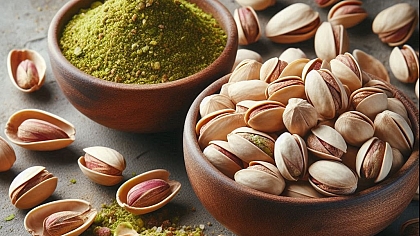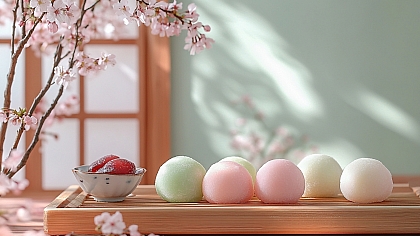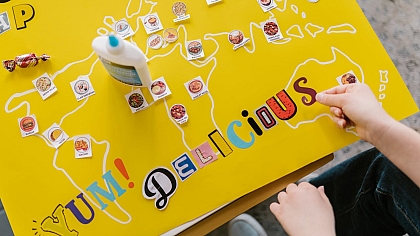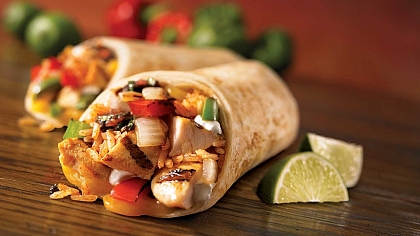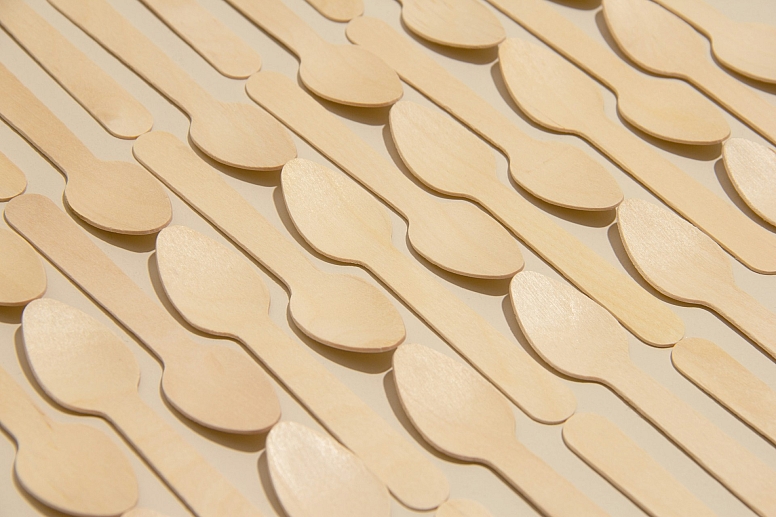
How Disposable Wooden Cutlery Helps Sustain the Environment
The ongoing enhancement of disposable wooden cutlery involves meticulous attention throughout the entire production process, from the selection of raw materials to final packaging. This commitment ensures that these products are of the highest quality and durability. Disposable wooden cutlery has seen a significant rise in popularity as a viable alternative to conventional plastic utensils. Crafted from sustainable resources such as birch or bamboo, it provides an eco-friendly option suitable for various events and occasions.
Transitioning from plastic to disposable wooden cutlery not only mitigates environmental impact but also adds a touch of elegance to any dining experience. Embrace this innovative approach and discover the production advancements behind these eco-conscious utensils.
Advantages of Using Disposable Wooden Cutlery
In today's environmentally aware society, disposable wooden cutlery stands out as a symbol of sustainability and ecological responsibility. The advantages of choosing wooden utensils over plastic or other materials are numerous, blending natural appeal with practical utility. Below, we explore the key benefits of wooden cutlery and why it is becoming the preferred choice for environmentally-conscious consumers and businesses alike.
Sustainability and Environmental Impact
Wooden cutlery is produced from sustainable sources, often using fast-growing species harvested responsibly. This sustainable harvesting reduces environmental impact and contributes to a lower carbon footprint compared to plastic alternatives. Additionally, the compostable nature of wooden cutlery, combined with its smooth finish, minimizes the risk of splinters. Similarly, compostable plates made from wood or other biodegradable materials offer an eco-friendly alternative to traditional plastic or Styrofoam plates, further supporting waste reduction and environmental preservation.
Health and Safety Benefits
Unlike plastic cutlery, which may release harmful chemicals when exposed to hot foods, wooden cutlery offers a safer, non-toxic option for users. The natural properties of wood also include antibacterial and antimicrobial effects, enhancing overall safety.
Aesthetic and Sensory Appeal
Wooden cutlery provides a distinctive, natural appearance that enhances the dining experience. The rich textures and elegant grain patterns of wood add a touch of sophistication to any occasion, from casual picnics to formal events. Furthermore, wooden cutlery offers a pleasing tactile experience, being gentle on the mouth and easy to handle.
Customization and Branding Opportunities

The versatility of wood allows for extensive customization. Businesses can easily engrave logos, messages, or designs onto wooden cutlery, making it an effective branding tool. This customization not only enhances brand visibility but also creates a unique and memorable experience for customers.
Commonly Used Woods
- Birchwood: Known for its lightweight, durability, and versatility, birchwood is a popular choice for disposable cutlery.
- Bamboo: Fast-growing and biodegradable, bamboo cutlery is lightweight and durable, suitable for both hot and cold foods.
- Maplewood: Although less common, Maplewood offers a smooth surface and robust strength but may be less readily available and more costly than birch or bamboo.
- Beechwood: With a fine grain and notable strength, beechwood is sometimes used in disposable cutlery but is generally more expensive.
- Pine: While less commonly used, pinewood is lightweight and readily available, though it may lack the durability of other woods.
Material Selection Considerations
When choosing materials for wooden cutlery, manufacturers must consider factors such as environmental impact, material durability, and cost-effectiveness. The wood should be sourced from sustainably managed forests to ensure that production practices support environmental conservation and authenticity. Additionally, the material's aesthetic appeal and ease of customization play significant roles in enhancing the product's market appeal.
Production Process of Disposable Wooden Cutlery
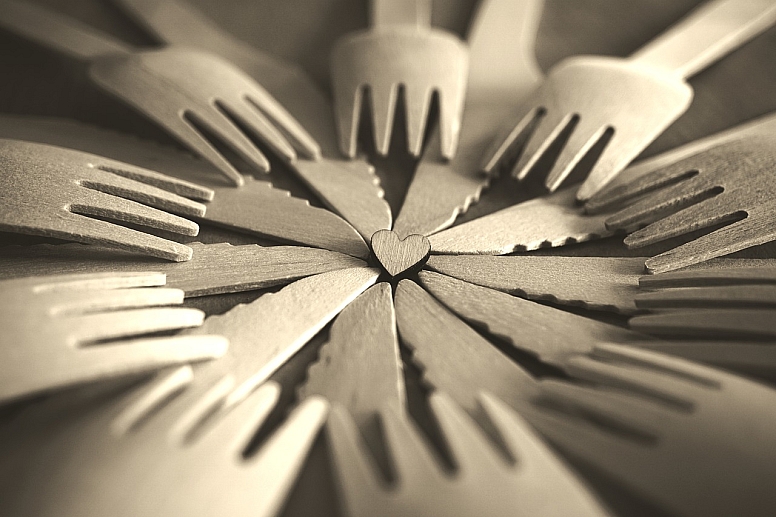
The production of disposable wooden cutlery involves several carefully managed stages to ensure the final product meets high standards of quality and sustainability:
- Raw Material Selection: The initial and crucial step involves choosing wood from sustainable sources like birch, bamboo, or poplar. Factors such as growth rate, environmental impact, and suitability for cutlery manufacturing, including grain, strength, and ease of processing, are considered.
- Processing and Shaping: Once the raw materials are selected, they are processed into usable forms. This involves cutting the wood into appropriate sizes, drying it to reduce moisture content, and shaping it into the desired cutlery forms. Advanced machinery and techniques ensure precision and consistency in the shaping process.
- Finishing: After shaping, the cutlery undergoes a finishing process to enhance its smoothness and durability. This may include sanding to eliminate rough edges and applying a food-safe finish to improve appearance and usability. The finishing process also ensures that the cutlery is free from any potential splinters.
- Quality Control: Rigorous quality control checks are conducted throughout the production process to ensure that the cutlery meets high standards of quality and safety. This includes testing for structural integrity, smoothness, and compliance with food safety regulations.
- Packaging: The final step in the production process is packaging. The cutlery is carefully packed to prevent damage during transport and to maintain hygiene standards. Sustainable packaging materials are often used to complement the eco-friendly nature of the cutlery.
- Distribution: Once packaged, the cutlery is distributed to retailers and customers. Efficient distribution processes ensure that the products reach the market promptly and in optimal condition.
The evolution of disposable wooden cutlery reflects a significant shift towards more sustainable and eco-friendly dining solutions. By utilizing responsibly sourced materials and employing advanced production techniques, manufacturers can produce high-quality, environmentally conscious utensils. The benefits of wooden cutlery—ranging from its minimal environmental impact to its aesthetic appeal—make it an increasingly popular choice for both consumers and businesses.
As the demand for sustainable products continues to grow, innovations in the production of disposable wooden cutlery will likely play a crucial role in advancing environmental sustainability and enhancing dining experiences. Embracing these advancements not only contributes to a healthier planet but also offers a refined and enjoyable dining experience.

